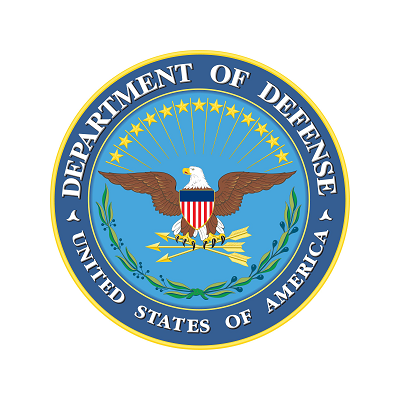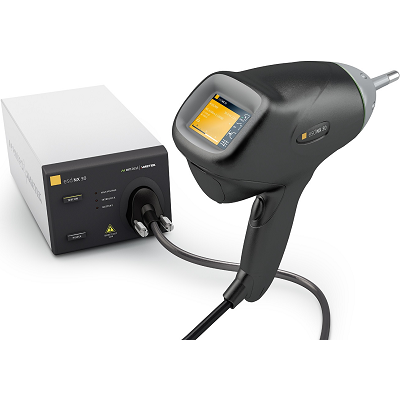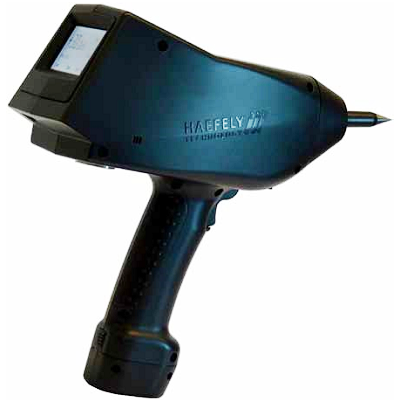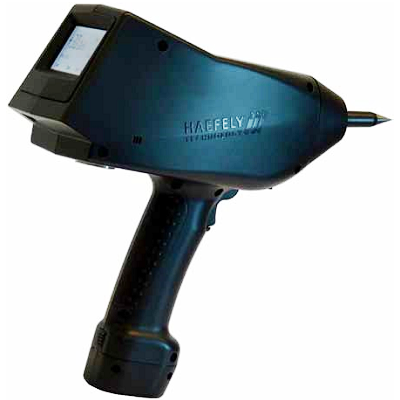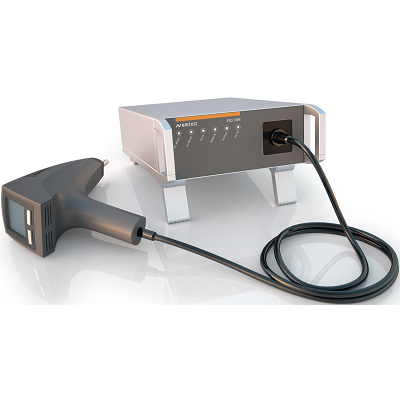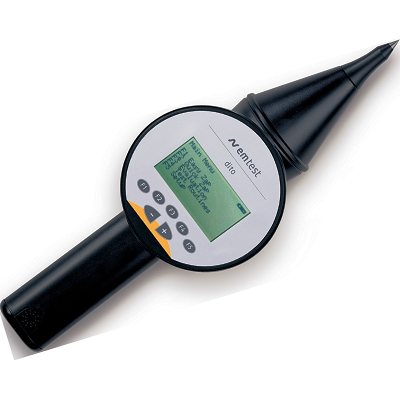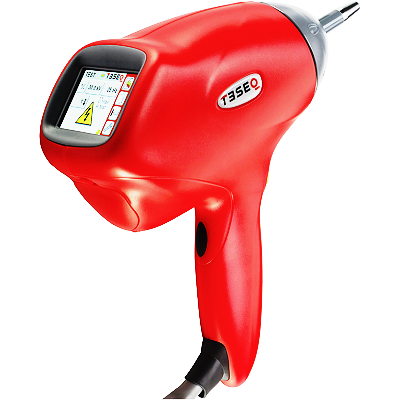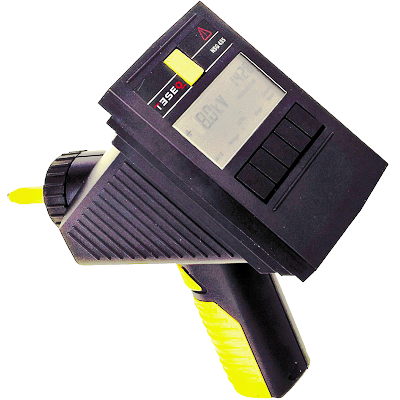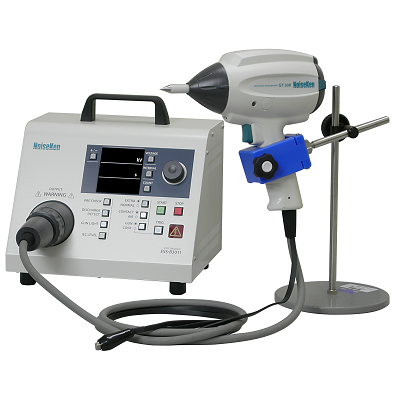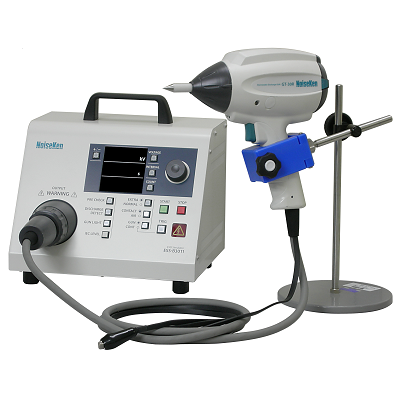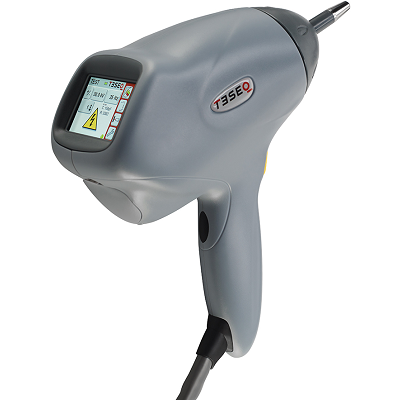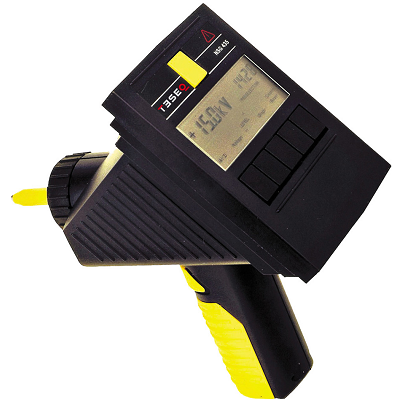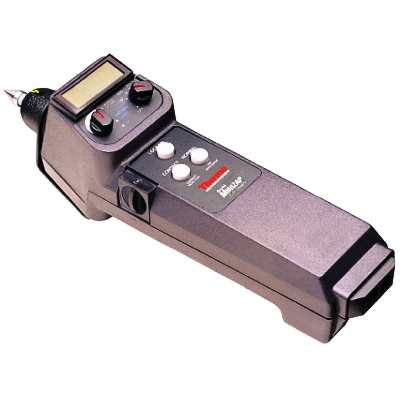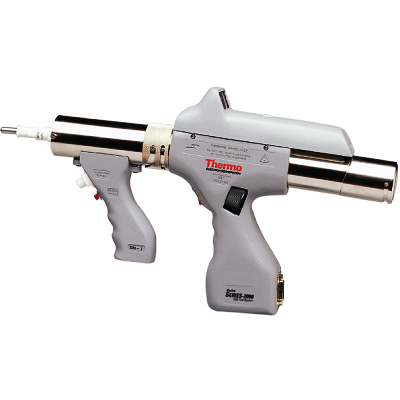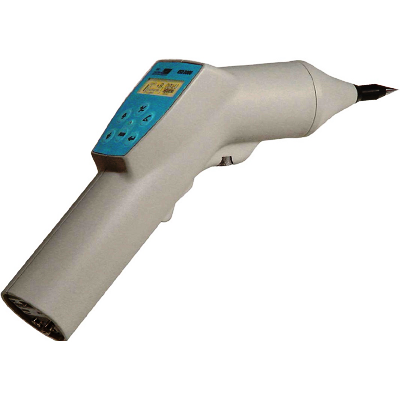MIL-STD 461 CS118
DEPARTMENT OF DEFENSE INTERFACE STANDARD MIL-STD 461 CS118 Conducted Susceptibility, Personnel Electrostatic Discharge (ESD) This test procedure is used to verify the ability of the EUT to withstand personnel borne electrostatic discharge (ESD) in a powered up configuration. Note: This revision added CS117, conducted susceptibility, lightning induced transients, cables and power leads and CS118, personnel borne electrostatic discharge. Applicability and limits The requirement is applicable to electrical, electronic, and electromechanical subsystems and equipment which does not interface with or control ordnance items. This is a new requirement in MIL-STD 461G to address effects of electrostatic discharging on electrical and electronic equipment caused by human ESD. This test methodology is not part of any other military standard. Implementation of this requirement at the subsystem level supports the requirements outlined in MIL-STD-464 for electrostatic charge control at the system level. The EUT shall not exhibit any malfunction, degradation of performance, or deviation from specified indications, beyond the tolerances indicated in the individual equipment or subsystem specification, when subjected to the values shown in Table VIII while discharging from a 150 picofarads capacitor through a 330 ohm resistor with a circuit inductance not to exceed 5 microhenry. Contact discharge at 8kV is required for conductive surfaces. Air discharge is only required where contact discharge cannot be applied. Test Procedure The test procedure presents a controlled method to evaluate the susceptibility of electrical and electronic subsystems to ESD. The intent is to cover subsystem aspects accessible by personnel during EUT operations. The test equipment and procedures are based upon internationally recognized standards such as IEC 61000-4-2. Test EquipmentPreview Standard
- ESD Generator, adjustable from ±2kV to ±15kV (minimum range), see Figure CS118-1 and Table X for simplified ESD generator characteristics
- ESD network, 150 picofarads (pF) capacitance, 330 ohm discharge resistance
- Contact discharge tip Figure CS118-2
- Air discharge tip Figure CS118-2
- Electrostatic voltmeter
- Oscilloscope, single event bandwidth ≥ 1 GHz
- ESD current target, input resistance 2 ±5% ohms, Figure CS118-3.
- Attenuator, 20 dB
- Coaxial cable, 50 ohm impedance, ≤ 1 meter
- Metallic ground plane.
- Ionizer or one (1) megohm resistor (1MΩ±10%)
